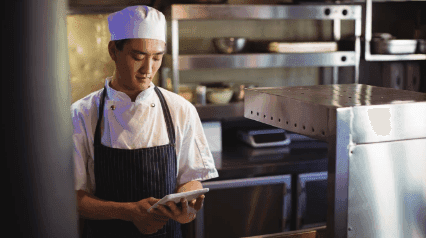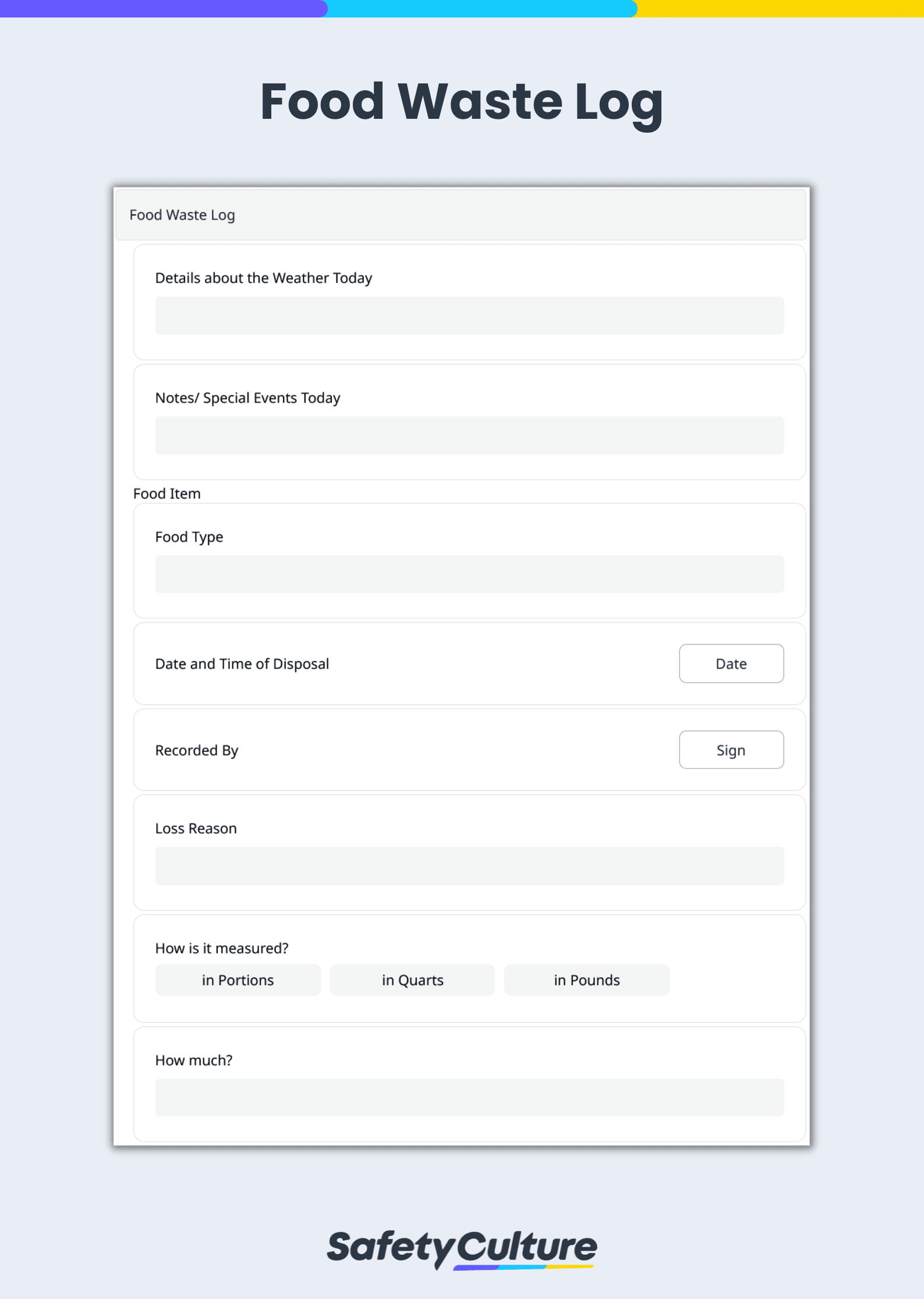What is a Food Waste Log?
A food waste log serves as an effective tracking tool when conducting food waste audits. It helps kitchen managers know exactly what types of food waste they have, how much of these do they generate, and why they are wasted. This knowledge will help them cut food wastage, save costs, and reduce their business’ carbon footprint.
Consumer-facing food businesses generate a lot of food waste on a day-to-day basis, and this waste has a high cost associated with it. In fact, of the 63 million tons of food waste generated across the USA annually, 38% comes from this sector, the full cost of which is around $25 billion.
To control this cost, it is vital to invest in food waste reduction strategies, which can cut food waste costs by 2-6%. To do this properly, companies conduct food waste audits to form a baseline by knowing how much food waste they generate day in and day out.
Food Waste Audits: What are Its Business Benefits?
A food waste audit provides businesses with the data they need to effectively address their food waste. Having a food waste audit can play a vital role in improving inventory management, reducing kitchen waste volumes, controlling costs, and helping those in need. Here are 3 ways food businesses benefit from conducting food waste audits:
Better decision-making
Using the data from food waste logs, business owners are able to identify why a food is wasted and determine a plan around those data to reduce that waste. By identifying the root causes of food waste, they can rethink their inventory and processes, and implement the necessary changes towards improved profitability and sustainability.
Improved ROI
Accounting for food waste is a sensible business decision that helps improve return on investment. In a recent review of 114 restaurants across 12 countries, it showed that an average restaurant business can save $7 for every $1 invested in reducing food waste.
Making an impact to the community
Through food waste audits, restaurants can identify donatable, edible food and divert it to a donation program with a local beneficiary. Customers, fellow restaurants, business partners, and their own employees will appreciate this goodwill and can potentially improve business and retention rates.
How to Conduct a Food Waste Audit with Food Waste Log?
Know the food waste audit’s objectives.
Before implementing a food waste audit, it is crucial to decide what the business exactly aims to achieve. Whether it’s to find out the biggest drivers of food waste or identify opportunities to improve processes, having a clear objective will help provide meaning to this undertaking and guide teams in performing effective food waste audits.
Equip the staff with a food log system.
A food log system can provide valuable insights in the long run as trends become clearer over time. With a daily food waste log, kitchen staff can immediately record data at the point of waste and fulfill their responsibility in the food waste audit process. You can use a tablet with a digital food waste log and place it near the trash/compost bin so anyone can easily log food waste.
Sorting and separating
The bulk of a food waste audit involves sorting and separating waste into different types, depending on your business objective. One of the most common strategies is to separate organic food waste under three kitchen bin categories: waste from storage, waste from preparation, and waste from customers’ plates.
Before putting waste inside a kitchen bin, staff should first estimate the quantity of a certain food being thrown; measurements do not have to be exact and can be done visually or through intuition. This data should be reflected in the food waste log to let the management easily know how much waste comes from each category.
Weighing and recording waste
After sorting and at the end of each shift/service, food waste auditors should weigh each kitchen bin, record it on the food waste log, and normalize them against the number of customers served during that period. They can estimate the volume in each bin by either:
- using scales to measure the exact weight; or
- firmly pressing the food waste down into each bin so that there are no air pockets.
It’s also important to take detailed notes about each pile of waste as well as photos that can be used to both analyze the waste and for comparison purposes in the future.
Compare wastage against business activity.
This is the step where you will use base data from food waste logs to gain insights that will drive your waste minimization strategy and give you a more detailed picture about where exactly food is being wasted unnecessarily. You can also use this base data to compare your food waste numbers against industry benchmarks. After a test run of new food waste reduction practices, you can perform another food waste audit to compare performance from previous audit periods.



